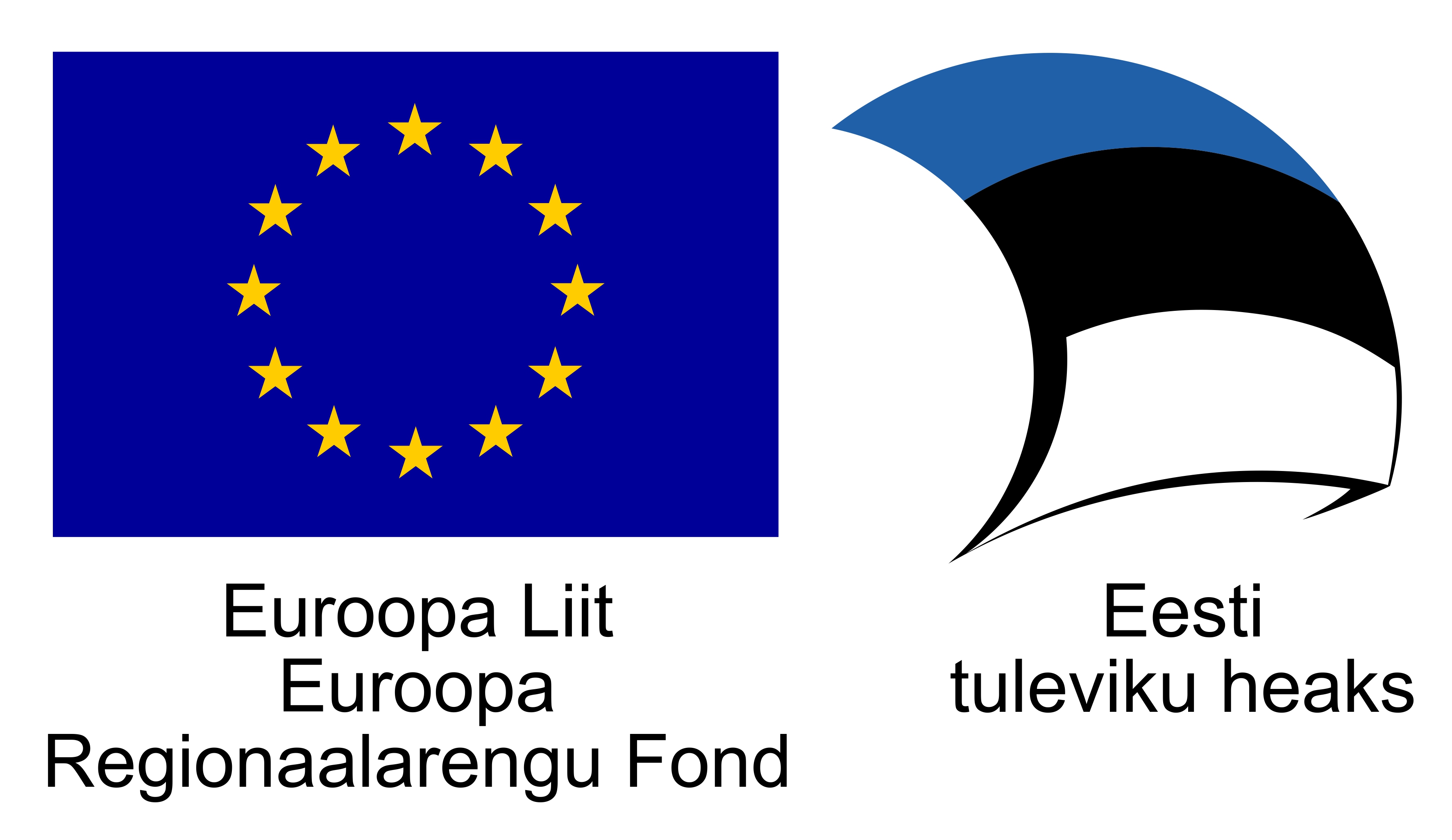How to turn research with users into useful data

The technology used to develop a site plays a role in the experience, but it takes a back seat to content and design. The content is what keeps users coming back. And the design will capture your attention from the get-go. User research is a critical component of the process. Without it, you’re just shooting in the dark.
Choosing a User Research Method
Before you can collect data and implement it, you need to decide how you’ll be collecting the data. Codal’s ideal user research process includes surveys, interviews, personas, onsite observations, and usability testing. A healthy cocktail of techniques that’ll give you insight into the needs, gripes, and opinions of real users.
From Raw Data to Useful Data
As you conclude your research, your desk may be covered with post-it notes, documents, and usability test cases. This is the raw data. Raw data is good, but it’s useless until it’s compiled into a usable format. The keyword here is “usable”. That means going beyond the act of compiling the things you see and drawing conclusions. So, how do you separate the things you see from the things you know? The answer is; Analysis and Synthesis.
Analysis refers to the act of defining and categorizing the data you’ve gathered. Synthesis refers to the act of taking data a step further by generating insights that you can use to predict the needs of your target user.
The result of your analysis and synthesis needs to be communicated in a usable way. This is where user personas, user journeys, and affinity maps come into play.
User Personas
User personas are a tool that depicts the goals, and frustrations of fictitious but representative users. Personas are only valuable if they are a true representation of your data. Therefore, they should come in after all data has been collected, organized, and synthesized. Any assumptions that you make about your users or customers can easily be invalid. If you are using those assumptions to build personas, you may completely misrepresent the needs of your audience. The real trick is using them during the process. Keep your personas handy.
If you are new to creating user personas, this user persona analysis example will help you at the starting point of your research.
Persona 1: Anita, a UX Designer
- Name: Anita Soler
- Occupation: UX Designer
- Demographic: 50 years old, previously lived in Boston, Massachusetts, but moved to San Pedro, CA for a new job with the startup company. Has a high-income level. Married with four kids.
Anita’s story:
Anita is the UX Designer of a startup digital marketing company that aims to create an optimum interaction level with great marketing strategies between users and their product. Since an experienced employee like Anita is very much needed within this new organization, her boss has high expectations of Anita and her capabilities.
What challenges Anita:
Since Anita is new in town for this job, so she finds it extremely hard to conduct user research with limited resources. Even though she can gather and study various data, she’s not given any directions, instructions, or proper resources within the new area of her work field.
What Anita needs:
Anita doesn’t want to change her job one more time since moving around with her four kids is not easy. She wants a quick way to research with minimal cost since her company is just beginning to grow. She can easily go for online surveys, which are an inexpensive research method or try focus groups which are informal discussion sessions with users involved.
For every decision you make, refer to each of your personas. In this example, Anita—and ask yourself how does this help Anita solve her problem? If it doesn’t help any of your targeted users, the feature is likely unnecessary.
User Journeys
Personas describe the average desires, frustrations, and motivations of a particular user type. But User Journeys describe common scenarios or tasks, and paths taken by users to fulfill them.
User Journeys can be used to achieve two different outcomes:
- Illustrate the current way of completing a task
- Illustrate a new preferred way of completing a task
This is useful not only as a point of reference during the design process but also when justifying design decisions to stakeholders. Much like user personas, user journeys are all about referencing hard and often.
Affinity Maps
Affinity mapping is the process of organizing ideas into common relationships. They are a great way to synthesize data that comes from contextual inquiries and surveys. When you categorize data, patterns tend to emerge, even when you don’t expect them to. You can then use these patterns to generate unique insights. One of the most common mistakes is ignoring the need to reorganize their maps. Not all affinities are as deep as they appear. Sometimes you need to scrap your analysis and get new results. The more themes you can identify and attribute to causal factors, the better your affinity maps will be.
Usable Data Means Usable Design
Personas, user journeys, and affinity maps are strategic and goal-driven tools. They allow you to focus on the user to make and defend decisions during the various processes. Spending time on research and analysis can help you measure the effectiveness, and ensure a better end product. Once you get a wealth of usable data, you can pass it on to the rest of the team.


